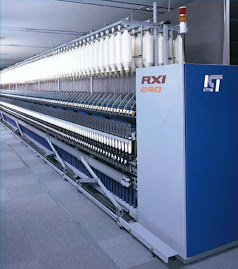Cotton is a soft white fibrous substance covering seeds of certain plants.
Cotton, as a natural cellulosic fiber, has a lot of characteristics, such as;
For fabrics made of 100% cotton:
50% Cotton and 50% Polyester:
CHARACTERISTICS OF COTTON:
Cotton, as a natural cellulosic fiber, has a lot of characteristics, such as;
- Comfortable Soft hand
- Good absorbency
- Color retention
- Prints well
- Machine-washable
- Dry-cleanable
- Good strength
- Drapes well
- Easy to handle and sew
For fabrics made of 100% cotton:
- Set your washing machine to the low setting.
- Wash the cloth in cold water.
- Set your iron to Medium to iron it.
- Do not bleach the cloth.
- Hang to dry but do not tumble dry.
50% Cotton and 50% Polyester:
- Turn it inside out and machine wash with warm water.
- Wash with fabrics that are of light colours.
- Use only non-chlorine bleach to bleach the cloth.
- Tumble dry with a medium setting.
- Set your iron to medium for ironing.
- It is soft and comfortable.
- It wrinkles easily.
- It absorbs perspiration quickly.
- It has good colour retention and is good to print on.
- Cotton is also strong and durable.
Cotton is used to make blouses, shirts, singlets, shorts, bermudas, jackets and pants. It can also be made into bedspreads, pillowcases, carpets and curtains.











